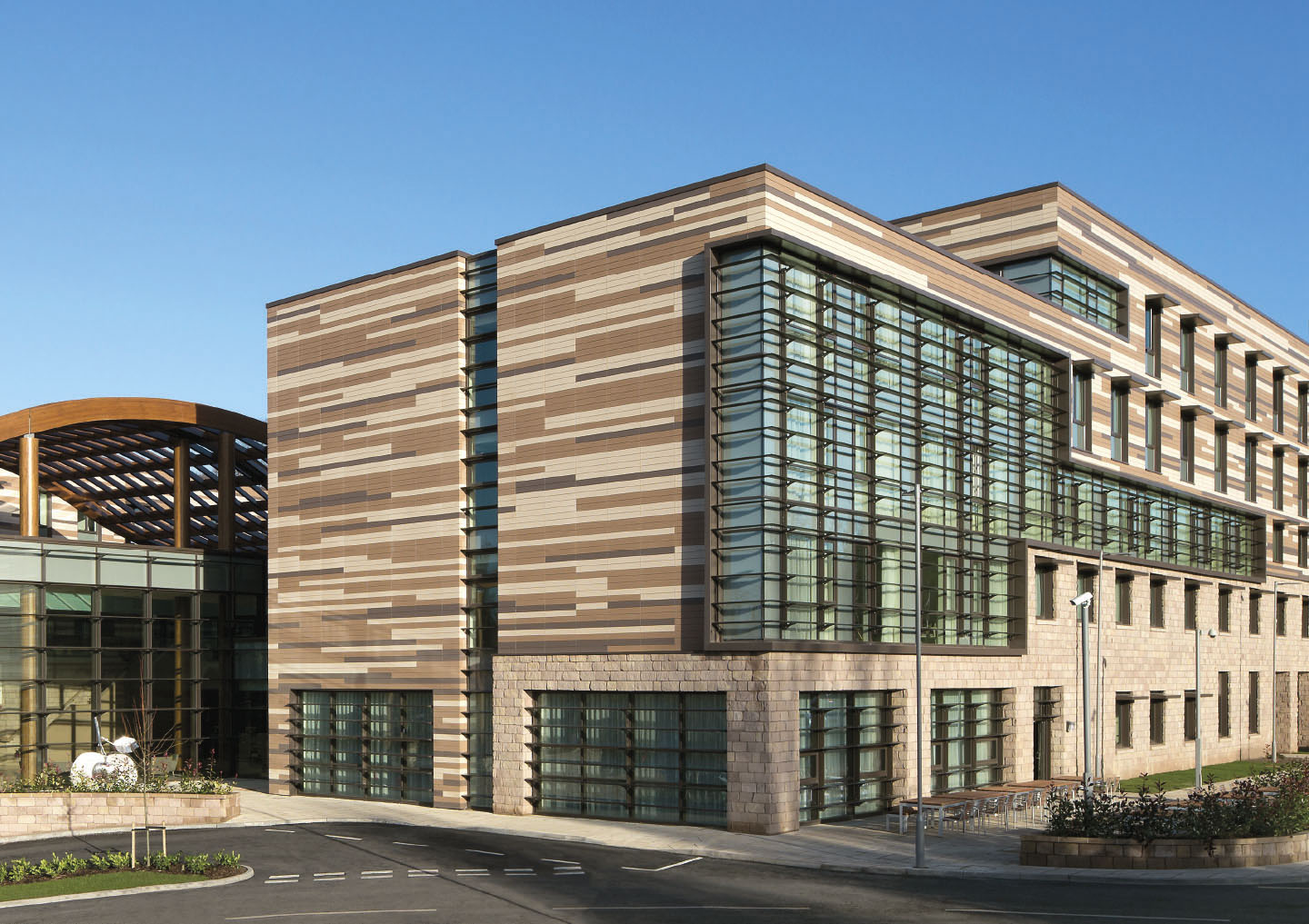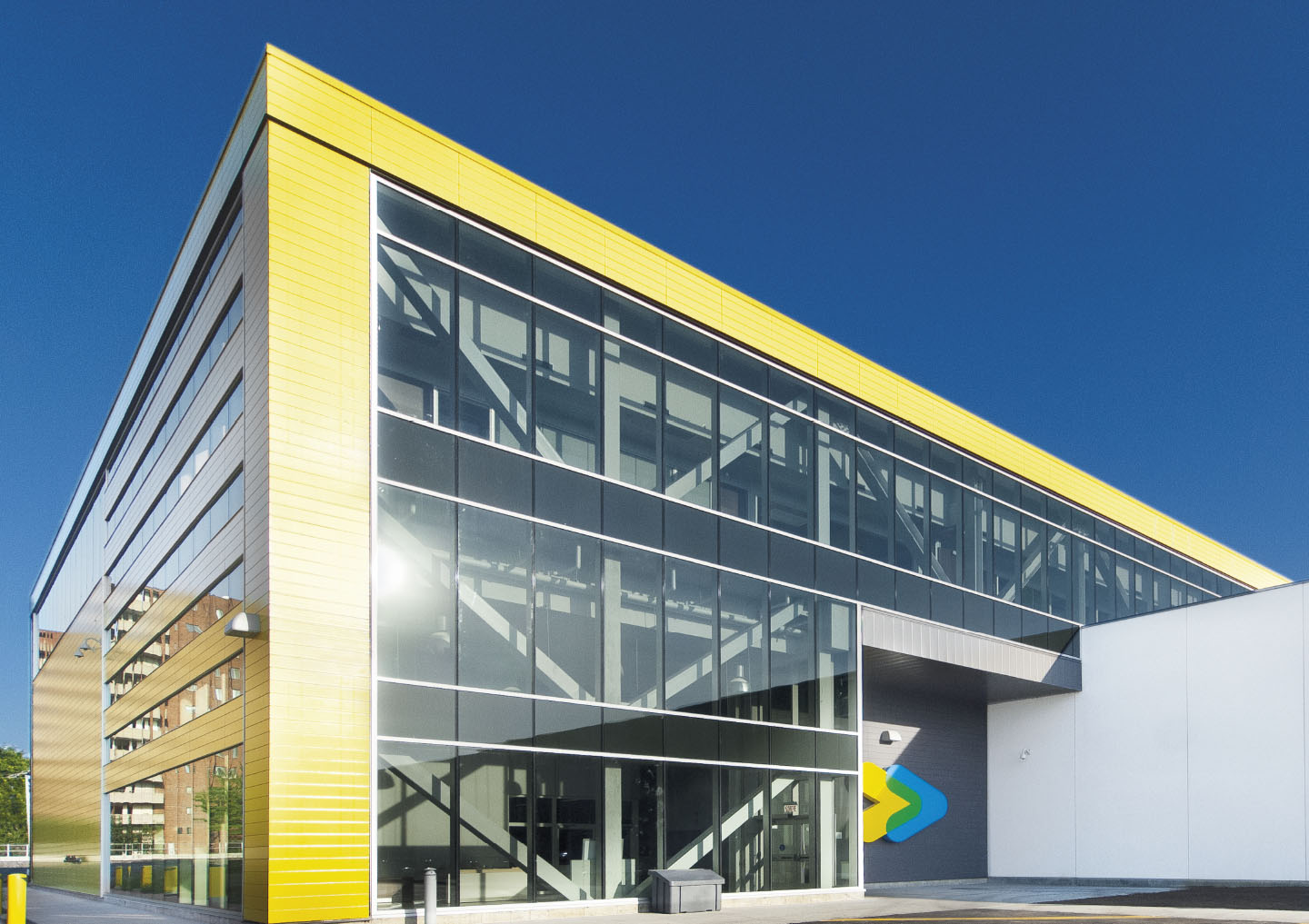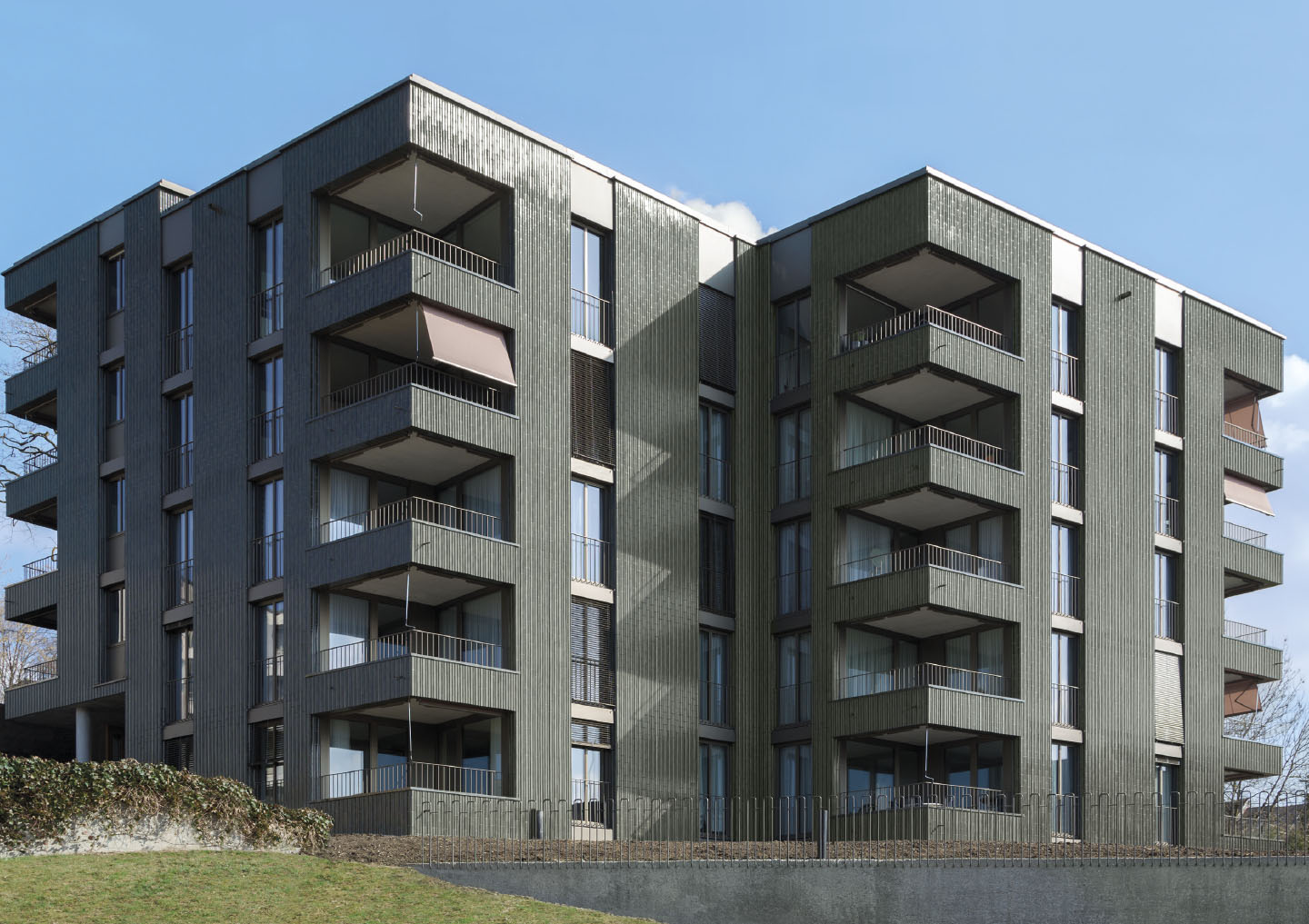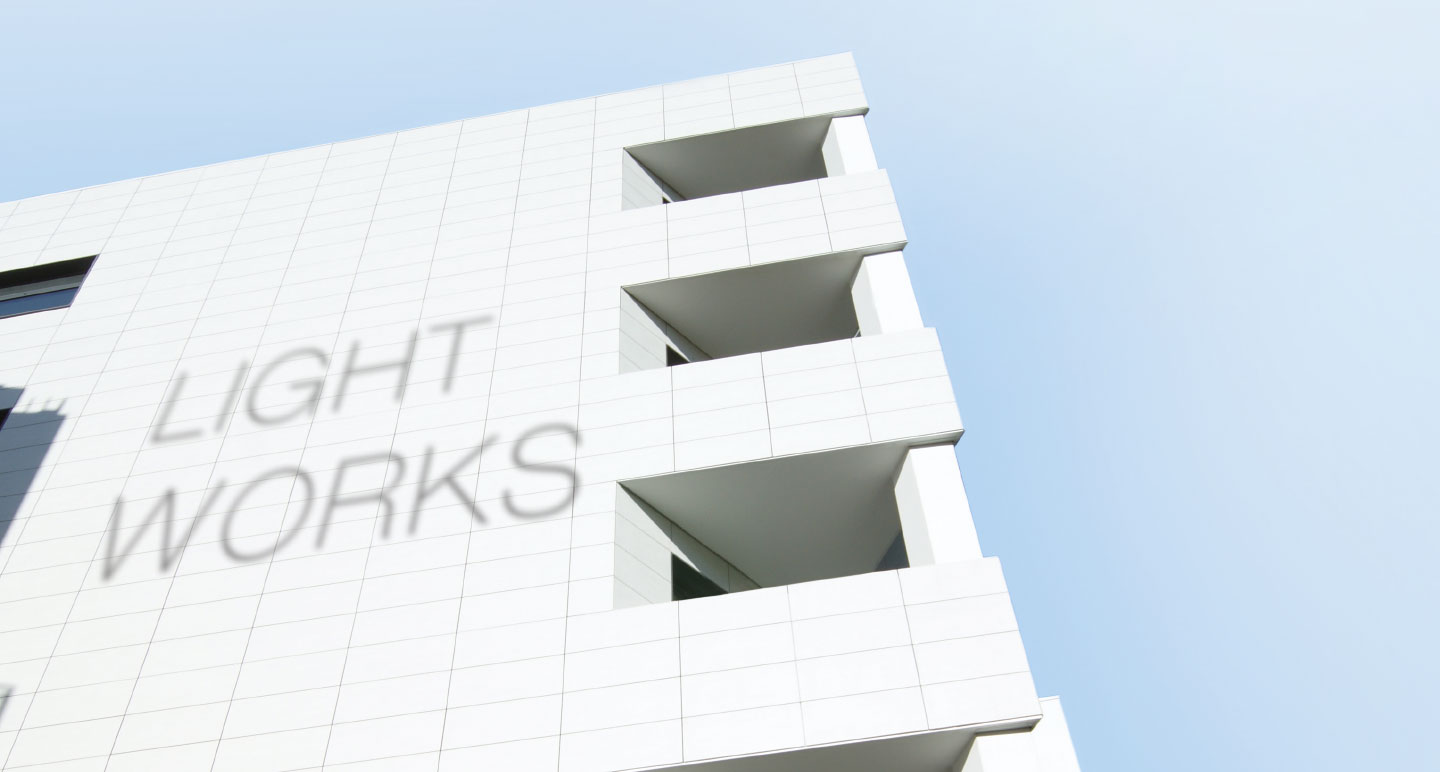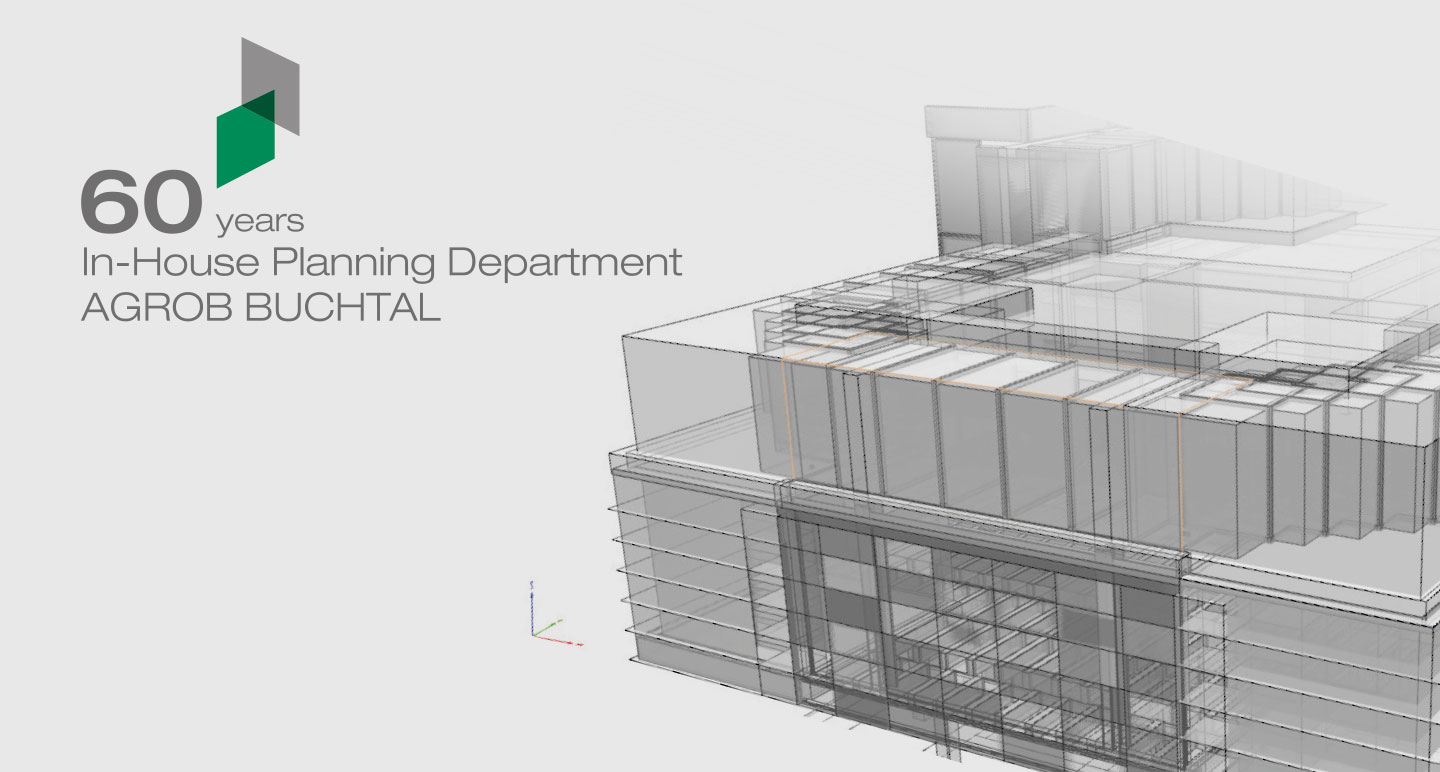Ceramic tiles for sustainable buildings
The factor “material“ is relevant in all of the four cycle phases, i.e. during the manufacturing, the construction, the operating and the deconstruction phase of the building. In the manufacturing phase, the question is how sustainably the respective building materials are extracted and/or produced or with which energy input they are transported to the respective construction site. In the operating phase, the focus is above all on the influence of materials used on the health and the well-being of the users of the building as well as on technical and energy-related properties.
Making all relevant product properties transparent is advantageous already during the certification. Because the simpler and clearer all the information is prepared, the easier is it for the auditor to assess the material with regard to its effects on the building. That is why AGROB BUCHTAL has compiled separate auditors’ information for the internationally established certification systems LEED, BREEAM and DGNB in a brochure.
COMMUNICATION RELATING TO BUILDING CERTIFICATIONS – THE PRINCIPLE

LEED
This green building label enjoys the greatest international popularity. LEED-certified buildings can be found in 135 countries around the world. Almost 54,000 buildings world-wide are certified or at least registered in accordance with the LEED standard, of which more than 44,000 are in the USA. Around 48 per cent of all new American construction projects are developed as green LEED buildings. This percentage is to increase to 58% by 2015. The American sustainability label is also extremely successful abroad: in the People's Republic of China, for example, more than 1,100 buildings comply with the LEED standard while there are over 800 in the United Arab Emirates and more than 600 in Brazil. In Germany, many property owners also rely on the LEED label with almost 300 LEEDcertified buildings scattered between northern Germany and Lake Geneva in the south. The rating system involves points with 69 criteria in seven categories: Sustainable construction sites, Water efficiency, Energy and atmosphere, Materials and resources, Air quality and buildings, Innovative design and Regional priority. Many large international corporations have made LEED certifications obligatory for new rentals or construction of new company buildings.
DGNB
The certification system applied by the Deutsche Gesellschaft für Nachhaltiges Bauen (German Sustainable Building Council, DGNB) was launched in 2007. This masterpiece of German engineering science raises the benchmark for some – especially technical – criteria when compared to the British label. It is more exact which means it is practically impossible to achieve a 100% rating. Overall assessment incorporates five segments: Ecological quality, Economic quality, Socio-cultural and functional quality, Technical quality and Process quality. For each application, the certificate also demands a comprehensive analysis of life cycle costs in accordance with standardised criteria, a life cycle assessment and a decommissioning concept. Meanwhile, around 200 properties have been certified, more than 150 of which are to be found in Germany.
BREEAM
The mother of all sustainability labels for property although meanwhile overtaken by LEED in terms of popularity. Around 250,000 buildings world-wide comply with the requirements of the British sustainability catalogue, most of which can be found in the home of the BREEAM label, Great Britain, where the astonishing success of climate-friendly property is also largely due to state regulations: all new residential buildings must satisfy the BREEAM Code for Sustainable Homes. In Germany, too, the BREEAM label is often the green building standard of choice. Developed for rating entire properties, the BREEAM In-Use Certificate evaluating the environmental compatibility of existing property has also been available on the German market since 2012 with ratings being awarded in the following categories: Energy, Water, Land use and ecology, Health and well-being, Transport, Materials and Pollution.


